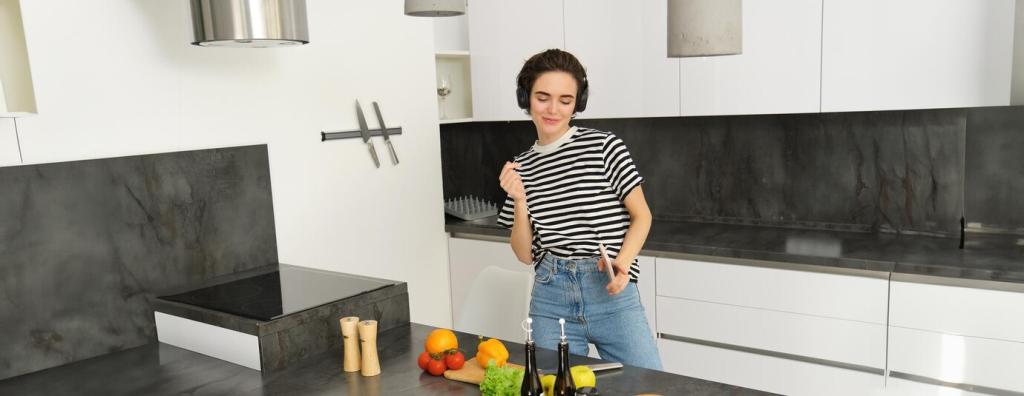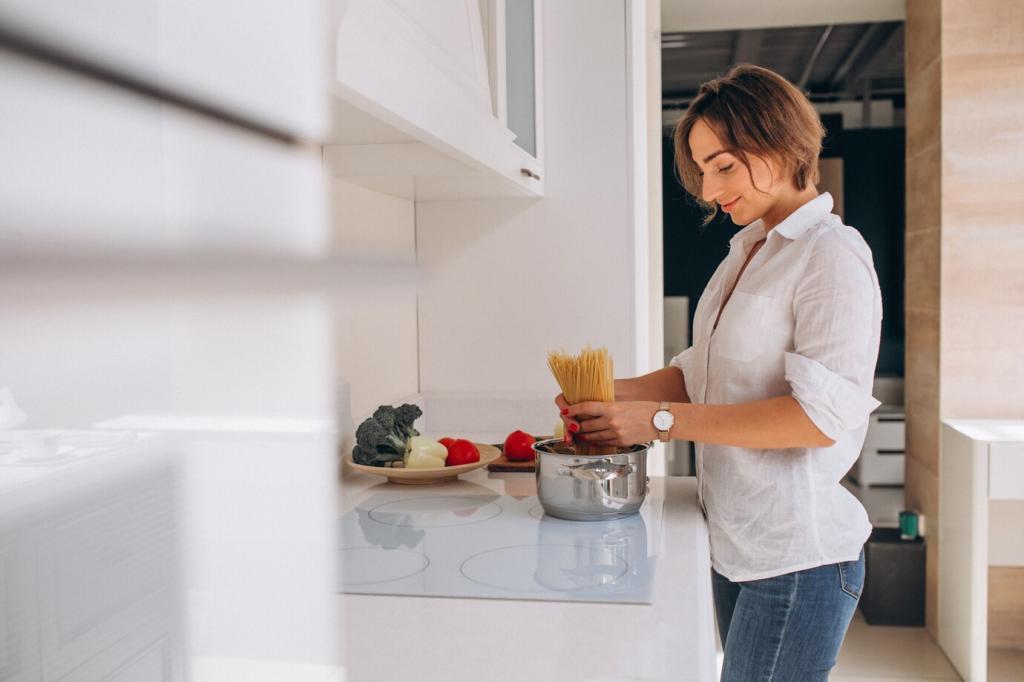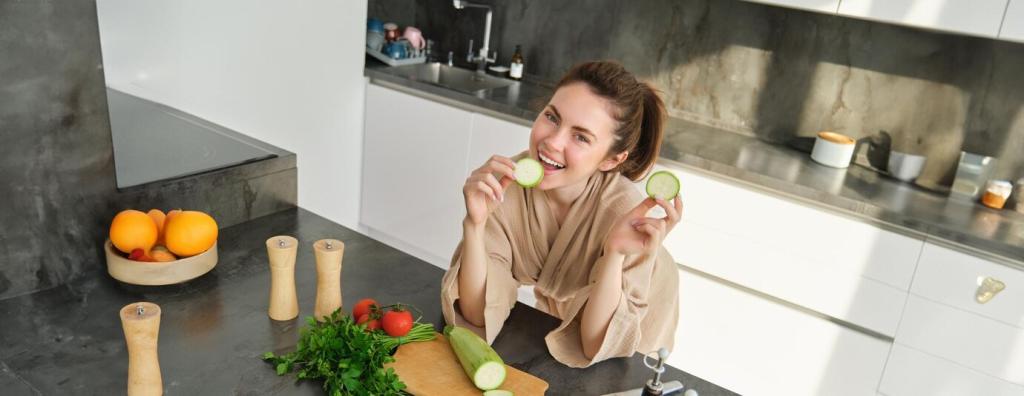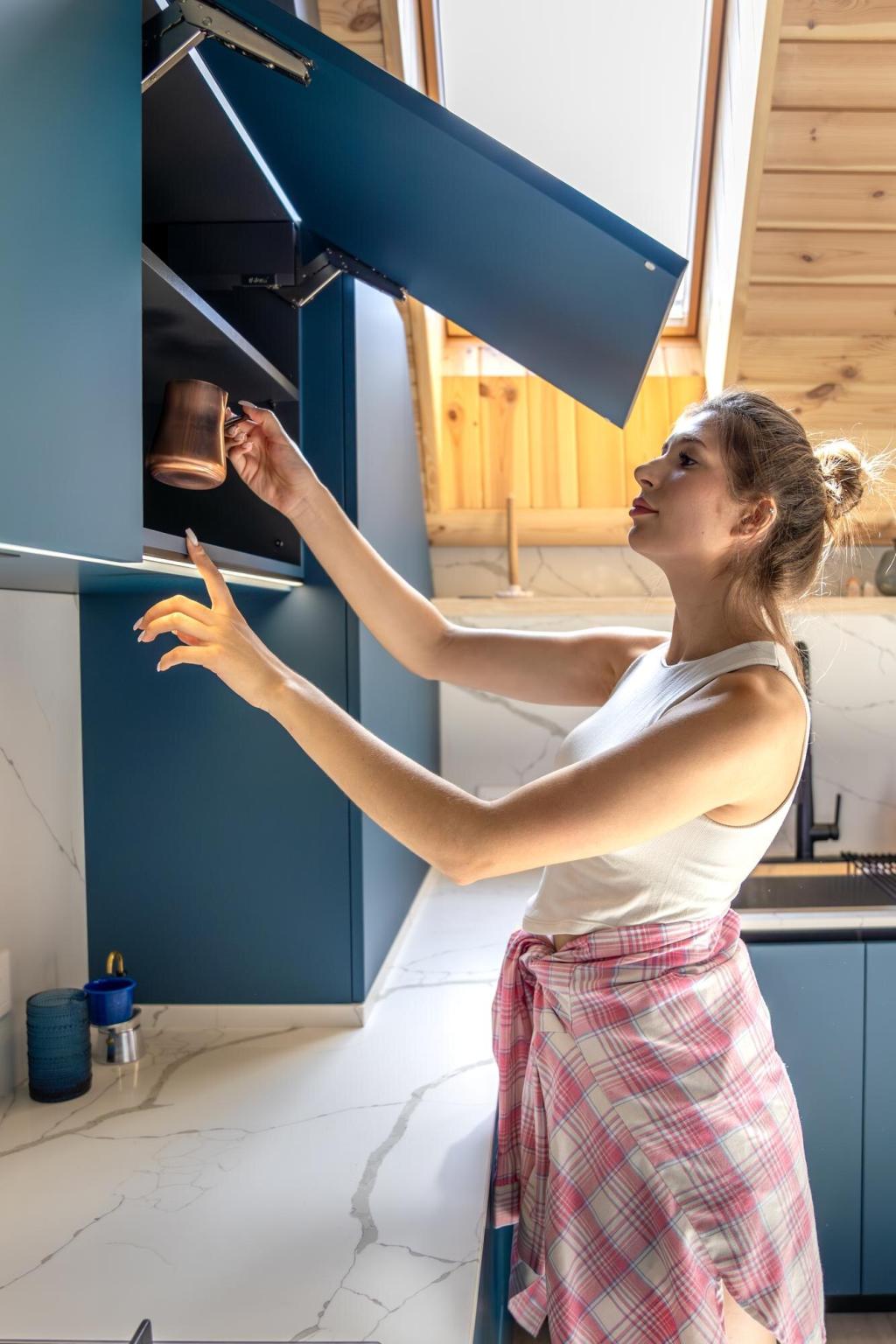
Designing Solar-Powered Kitchens: A Bright, Resilient Future at Home
Chosen theme: Designing Solar-Powered Kitchens. Explore how to turn sunlight into everyday meals with smart layouts, efficient appliances, and inspiring stories that make clean cooking practical, beautiful, and delightfully human. Join, subscribe, and help shape the solar kitchen movement.


The Solar Kitchen Ecosystem, Explained
Solar panels turn sunlight into electricity, your inverter smooths the power, and efficient appliances convert it into heat for cooking. Add batteries to handle morning espresso surges and evening dinner peaks without gulping expensive grid energy.
The Solar Kitchen Ecosystem, Explained
Solar ovens and evacuated tubes capture heat directly, brilliant for stews and slow bakes under clear skies. Photovoltaics drive induction and convection with precision. Many kitchens thrive by combining both, matching weather, timing, and menu to each technology’s strengths.
Architecture and Layout for Sun-Savvy Spaces
Prioritize south-facing or near-equatorial orientation with minimal shade. Keep wiring runs short, ventilation clear, and access safe for maintenance. A small tilt tweak can add precious kilowatt-hours that translate into faster boils and shorter bake times.

Appliances and Electrical Strategy
Induction is the solar champion: fast, precise, and efficient with minimal waste heat. Resistance coils work but draw heavily. Gas offers familiarity yet undermines indoor air quality. For solar-powered kitchens, induction plus a quality pan set wins decisively.


Appliances and Electrical Strategy
Direct DC fridges and LED lighting can skip inversion losses. Even on an AC system, choose top-tier efficiency ratings and good insulation. Keep coils clean, set reasonable temperatures, and avoid door browsing; your batteries and veggies will thank you.
Battery Basics for Culinary Peaks
Lithium iron phosphate batteries tolerate frequent cycling and bursts for induction searing. Right-size your inverter to handle simultaneous loads like kettle plus oven. Keep ventilation and clearances per manufacturer specs to avoid heat stress and maintain performance.
Thermal Storage Tricks
Insulated casseroles, thermal cookers, and phase-change packs capture daytime heat for evening meals. Preheat cast-iron during peak sun, then finish low-and-slow after sunset. These simple hacks stretch limited watt-hours into leisurely dinners without sacrificing tenderness or texture.
Codes, Protection, and Peace of Mind
Install proper overcurrent protection, GFCI outlets near sinks, and arc-fault safeguards. Label subpanels clearly. Work with certified electricians familiar with solar standards. Good grounding and surge protection guard both your sourdough starter and your sophisticated inverter electronics.
Costs, Incentives, and Long-Run Value
Account for panels, racking, inverter, batteries, wiring, labor, and appliance upgrades. Budget for ventilation and lighting improvements too. Spending smart on efficiency often reduces required battery size, delivering better reliability and lower total project cost.

Costs, Incentives, and Long-Run Value
Explore federal credits, local grants, and utility programs. Export excess daytime energy and cook later from stored sunlight. Policies vary, so ask neighbors, installers, and community groups. Share your findings with readers—your tips could fund someone’s first induction hob.
Real Kitchens, Real Stories
A family in Tucson sized panels to match lunchtime sun and switched to a wok-friendly induction burner. Their kids time homework to solar peaks, racing the kettle. They report faster meals, cooler summers, and lower bills every scorching season.

Join the Solar Kitchen Community
Post a dish that shines with solar: slow-baked bread, stovetop paella, or no-bake treats using daylight efficiency. Tell us timing, gear, and weather. Your notes help newcomers adapt menus to real-world skies and unlock worry-free weeknights.
Join our mailing list
